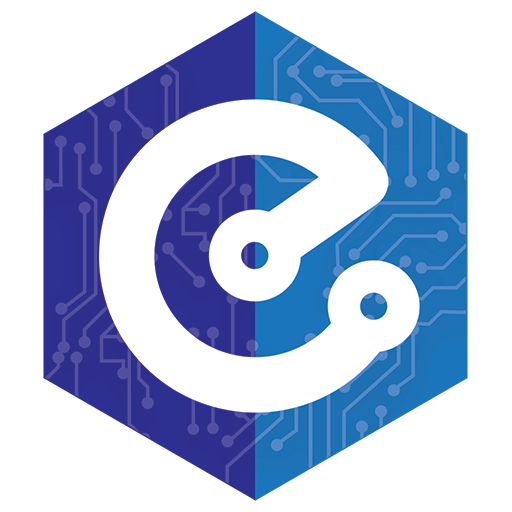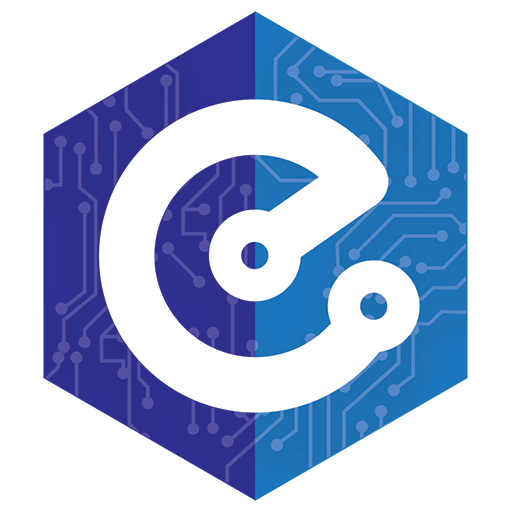| Course description: |
This course presents the basic principles of pulsed electronic circuits. These non-sine signal processing circuits are widely used in many fields such as computers, control systems, data processing systems, counting and timing systems, communication media, and radar systems. , television, digital devices, and in many areas of empirical research. The course also provides students with basic knowledge and analytical skills about the structure of circuits used in creating and processing pulse waveforms, digital and commutative waveforms.
The course content includes 5 chapters:
- Chapter 1 introduces and analyzes the output response of linear pulse correction circuits such as RC, RL, RLC commutator circuits, and attenuator circuits (potential divider circuits) with correction.
- Chapter 2 covers nonlinear pulse correction circuits based on the steady-state commutation characteristics of active components, including trimmers, pins, BJT commutators, and comparator circuits.
- Chapter 3 describes three types of multivibrators to generate square pulses, including two-state oscillator, one-stable oscillator, and non-stable oscillator circuits. These multivibrator circuits are designed using BJT, Op-Amp, or logic gates. An important type of bistable oscillator circuit is the "Schmitt trigger circuit" which is often used as an amplitude comparator circuit or a circuit that corrects any periodic signal into a square pulse sequence based on the circular characteristic. late. This chapter also introduces and analyzes the operating principles of timing ICs, such as 74121, 74123, 4528, 555, which are widely used in analog-digital circuits. These timer ICs allow the timing interval to be programmed by selecting appropriate values of external resistors and capacitors.
|


